From Ancient Wonders to Medieval Masterpieces: The Cultural Heritage Sites You Can’t Miss

Introduction: A Journey Through Time
Travel is not just about escaping to new places—it’s about experiencing history. Cultural heritage sites serve as portals to the past, allowing us to explore the achievements of ancient civilizations, the grandeur of medieval empires, and the cultural rebirth of the Renaissance. Each stone, every monument, and each structure holds a story, making historical destinations some of the most enriching places to visit.
In this article, we will embark on an exciting journey through the most remarkable cultural heritage sites around the world, spanning from the ancient wonders to the magnificent medieval castles and the awe-inspiring legacies of the Renaissance. For history enthusiasts, these destinations provide a deeper connection to our collective human heritage. Whether you’re exploring the great pyramids of Egypt or wandering through medieval castles in Europe, each of these sites invites you to experience history in a tangible, immersive way.
1. Unveiling the World’s Most Fascinating Cultural Heritage Sites
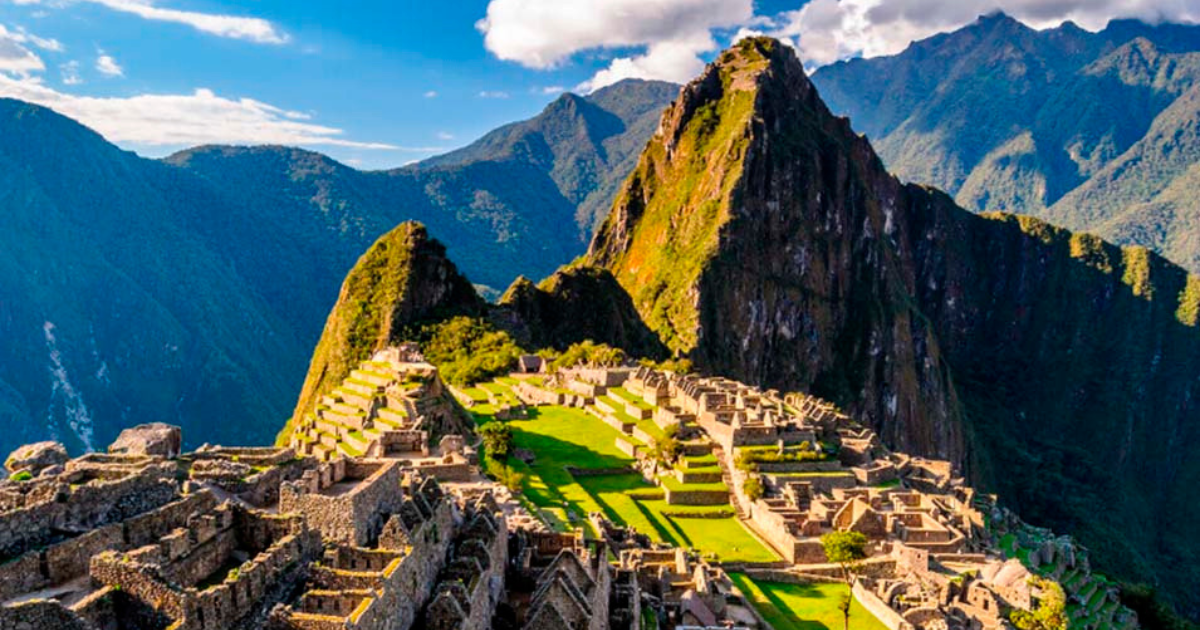
There is a reason why certain cultural heritage sites remain at the top of the list for travelers and history lovers. These sites transcend mere beauty and offer a deeper connection to humanity’s journey through time. From ancient temples and towering monuments to entire cities that have withstood centuries of change, these sites are cultural treasures that give us insight into past civilizations.
In this section, we’ll unveil some of the world’s most fascinating cultural heritage sites. Whether you’re walking through the ruins of Machu Picchu in Peru, marvelling at the Great Wall of China, or exploring the ancient city of Petra in Jordan, these destinations are awe-inspiring for their history, architecture, and cultural significance. We will explore what makes these places stand out and how they serve as cultural touchstones, representing the ingenuity, beauty, and sometimes, the tragic histories of the people who built them.
We’ll take a closer look at how these cultural heritage sites continue to shape our understanding of history and why they are worthy of preservation. The global importance of these sites goes beyond tourism; they are essential to understanding the cultural and historical identity of humanity as a whole.
2. Journey Through the Past: The Cultural Heritage Sites of Ancient Civilizations
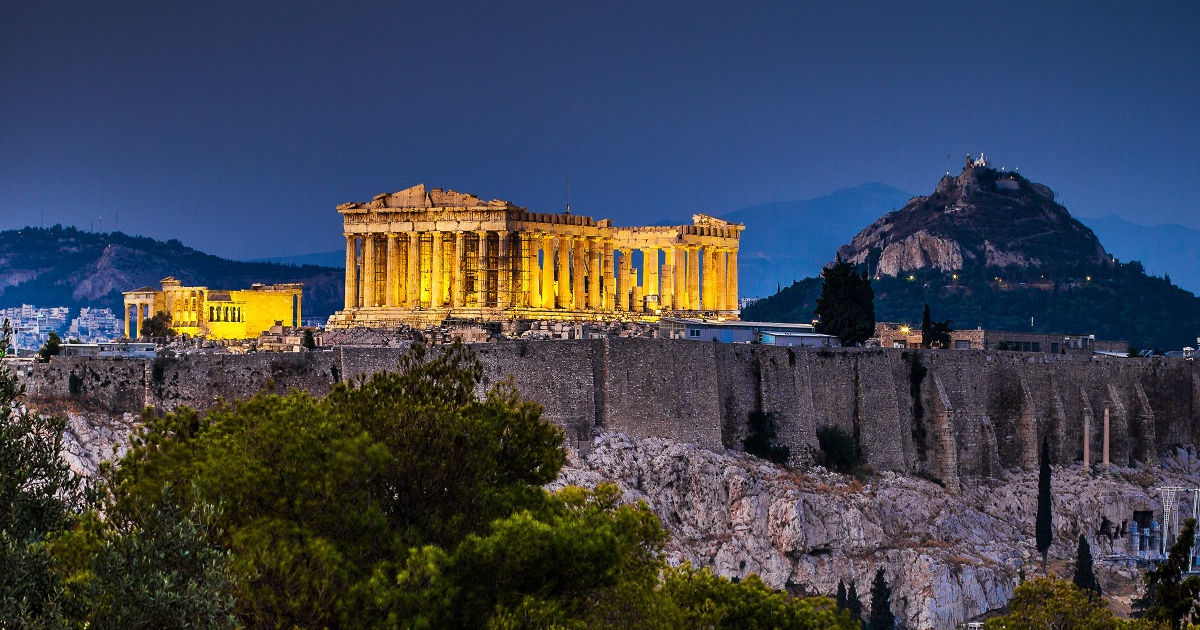
Ancient civilizations were the first to lay the foundations of the world we know today. Their cultural heritage sites tell stories of gods and kings, conquerors and craftsmen, and the rise and fall of empires that shaped the course of history. Whether nestled in the deserts of Egypt or hidden within the jungles of Mexico, these ancient marvels have withstood the test of time.
In this section, we will journey through some of the most iconic cultural heritage sites of ancient civilizations. Let’s start with The Pyramids of Giza, an iconic symbol of ancient Egyptian engineering and religious practices, and travel through the remains of Babylon, the legendary Mesopotamian city known for its Hanging Gardens, one of the Seven Wonders of the Ancient World.
We will explore the ancient Inca capital of Cusco and the sacred site of Machu Picchu, which showcases the advanced architecture and astronomical knowledge of the Inca Empire. From the city of Athens, where democracy and philosophy flourished, to the vast network of Roman ruins that stretch across Europe and North Africa, these sites are a testament to the ingenuity and endurance of the ancient world.
For history lovers and cultural heritage seekers, these destinations offer a deep dive into the legacy of some of the world’s oldest civilizations. Walking among the ruins of these ancient sites, you can almost hear the whispers of the past, reminding us of how ancient cultures have shaped our modern world.
3. Medieval Castles and Fortresses: A Deep Dive into Europe’s Cultural Heritage Sites
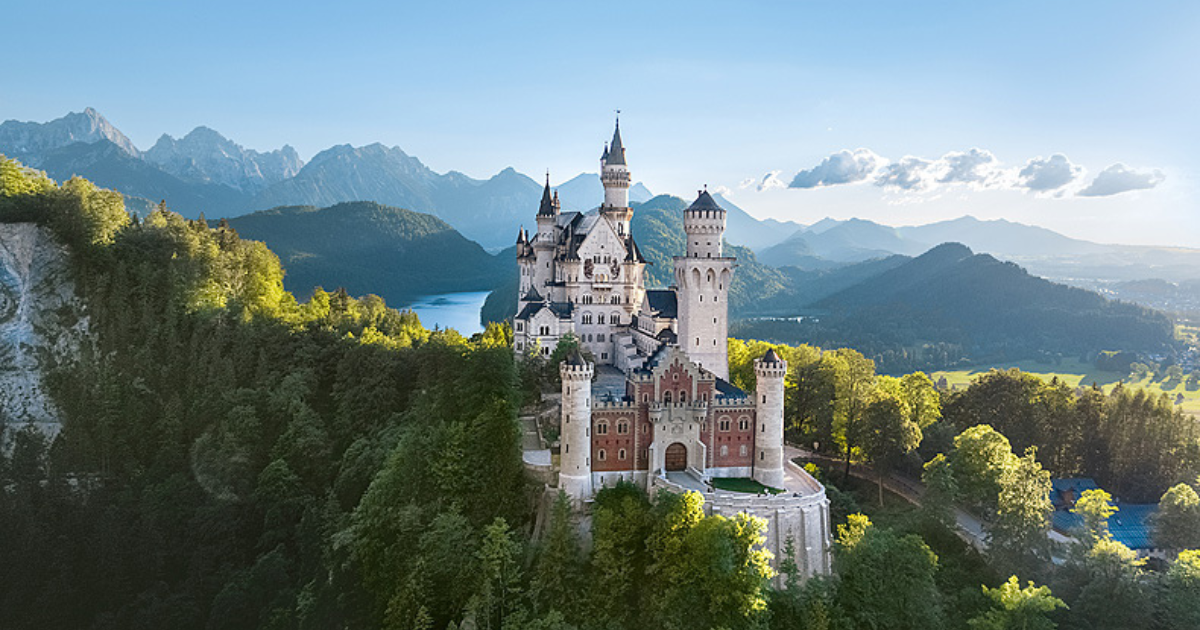
Europe’s cultural heritage sites from the medieval period are some of the most captivating and awe-inspiring locations in the world. The castles, fortresses, and city walls that adorn the European landscape evoke images of knights, kings, and the stories of warfare, love, and politics that defined the Middle Ages.
This section will take you on a journey through some of the most stunning cultural heritage sites from medieval Europe. Picture yourself standing before the majestic Neuschwanstein Castle in Bavaria, Germany, a fairy tale castle built by King Ludwig II that inspired Disney’s Sleeping Beauty Castle. Then, imagine the history-filled halls of the Tower of London, once a royal palace, prison, and execution site, and still home to the Crown Jewels of the United Kingdom.
We’ll also explore the stunning Château de Chambord in France, with its unique blend of Renaissance and medieval architecture, and the imposing Castel del Monte in Italy, which stands as a testament to the power of Frederick II and his influence on medieval architecture. Each of these castles offers a unique glimpse into the medieval world and serves as a reminder of the people, power, and artistry that defined the Middle Ages.
Visiting these cultural heritage sites allows you to step back into a time of chivalry, intrigue, and battles. The preservation of these sites provides us with a physical link to the medieval world, showcasing architectural wonders, intricate designs, and stories of kings and queens that still captivate our imaginations.
4. Cultural Heritage Sites That Reveal the Secrets of the Renaissance
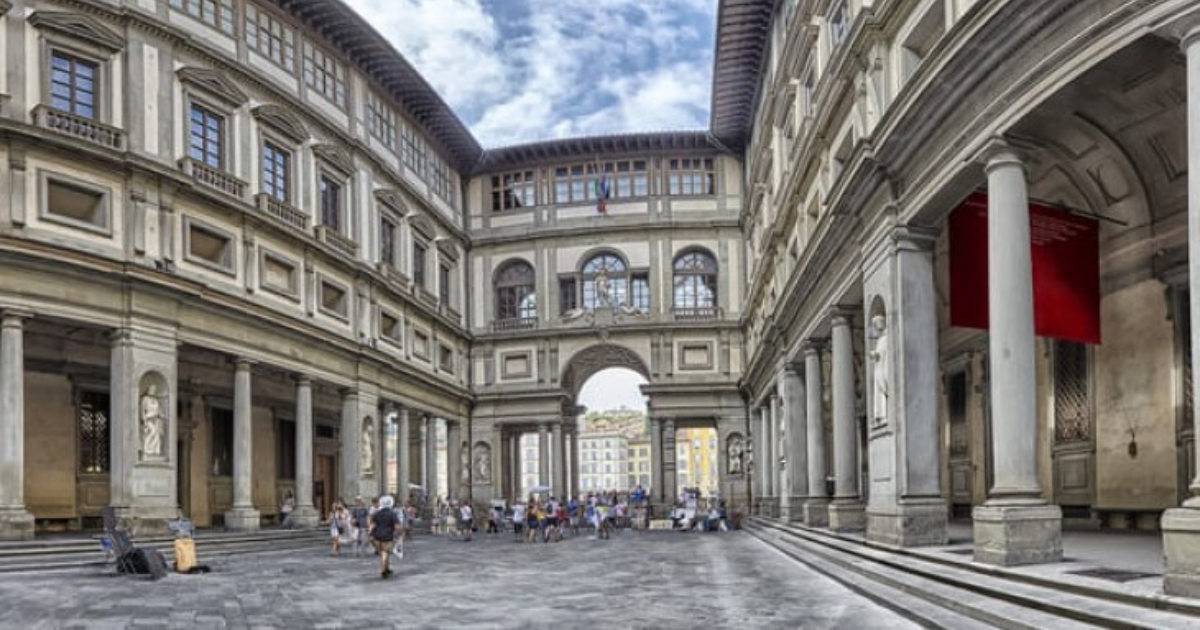
The Renaissance was a cultural revolution, marking the rebirth of classical art, literature, and learning. The cultural heritage sites from this period are some of the most significant in the history of Western civilization. They reflect the transformative period between the 14th and 17th centuries when Europe experienced a surge in artistic, scientific, and intellectual advancement.
This section will delve into the heart of the Renaissance and explore the cultural heritage sites that reveal the spirit of this remarkable period. From the stunning Florence Cathedral, with its dome designed by Brunelleschi, to St. Peter’s Basilica in Vatican City, designed by Michelangelo, these sites reflect the architectural grandeur and artistic innovation that defined the era.
In Florence, you’ll find the Uffizi Gallery, home to some of the most iconic works of Renaissance art, including pieces by Leonardo da Vinci, Botticelli, and Raphael. Similarly, in Rome, the Pantheon, originally a Roman temple, was reimagined during the Renaissance as a model of classical architecture. Through these masterpieces, we see how the Renaissance revitalized art and culture, paving the way for the modern world.
We’ll explore how visiting these cultural heritage sites can give you a deeper understanding of the Renaissance’s profound impact on art, science, philosophy, and architecture. The influence of this era is still felt today, and these sites provide an opportunity to connect with the intellectual giants of the past.
5. How Visiting These Cultural Heritage Sites Can Bring History to Life
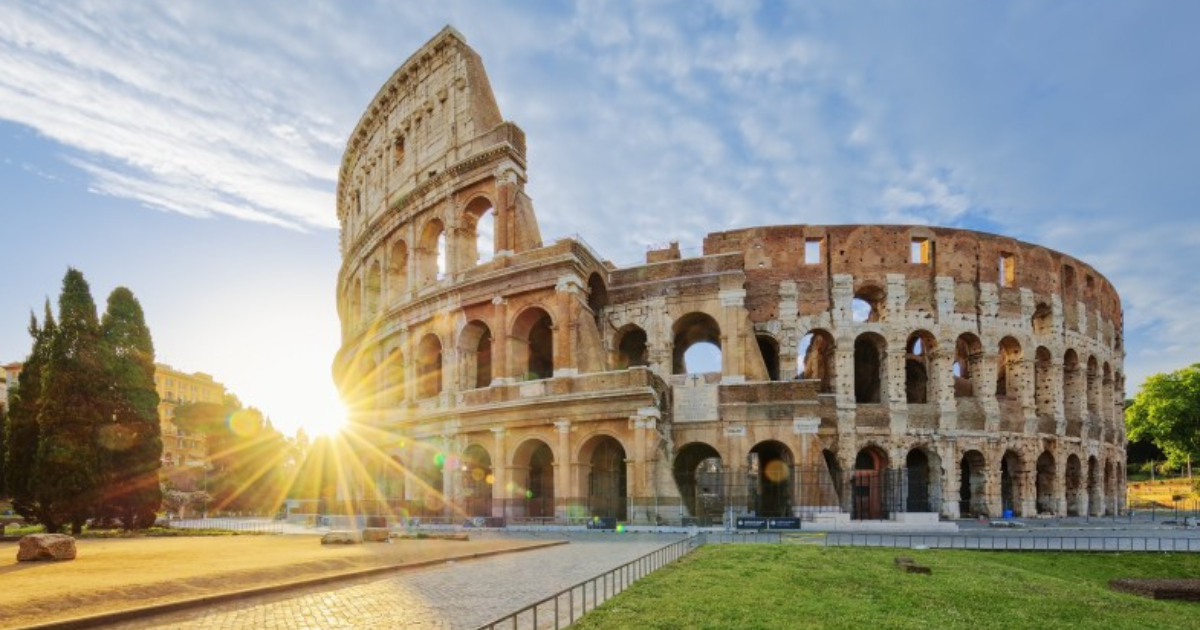
There’s something uniquely powerful about standing at a cultural heritage site and feeling a direct connection to the past. These sites are not just photographs or stories in textbooks—they are tangible remnants of human history that allow us to walk in the footsteps of those who lived centuries ago. In this section, we will explore how visiting these incredible sites can make history come alive in a way that nothing else can.
By stepping into the ruins of Pompeii or standing in the shadow of the Colosseum in Rome, you’re not just learning about the past—you’re experiencing it. The smell of ancient stone, the echoes of past civilizations, and the stories that these places hold can make history feel immediate and real. Whether it’s through guided tours, interactive exhibits, or simply exploring at your own pace, visiting cultural heritage sites can provide an immersive experience that books or documentaries cannot match.
This section will also explore the importance of preserving these sites, ensuring that future generations can experience the same thrill and awe that we feel when we connect with history. The opportunity to learn from these sites not only helps preserve history but also allows for greater global understanding and cultural appreciation.
Conclusion: Embrace the Past, Explore the Present
From ancient wonders to medieval masterpieces, cultural heritage sites offer an unparalleled opportunity to connect with our past. These extraordinary locations allow us to understand the cultures, values, and histories that shaped the world we live in today. Whether you’re exploring the grandeur of the Egyptian pyramids, marveling at medieval castles, or immersing yourself in the rebirth of the Renaissance, these sites are an essential part of the human experience.
By visiting these cultural heritage sites, you don’t just observe history—you become a part of it. So, start planning your journey to these awe-inspiring destinations and take the first step in discovering the wonders of our past.
For more information, visit thetripventure.
